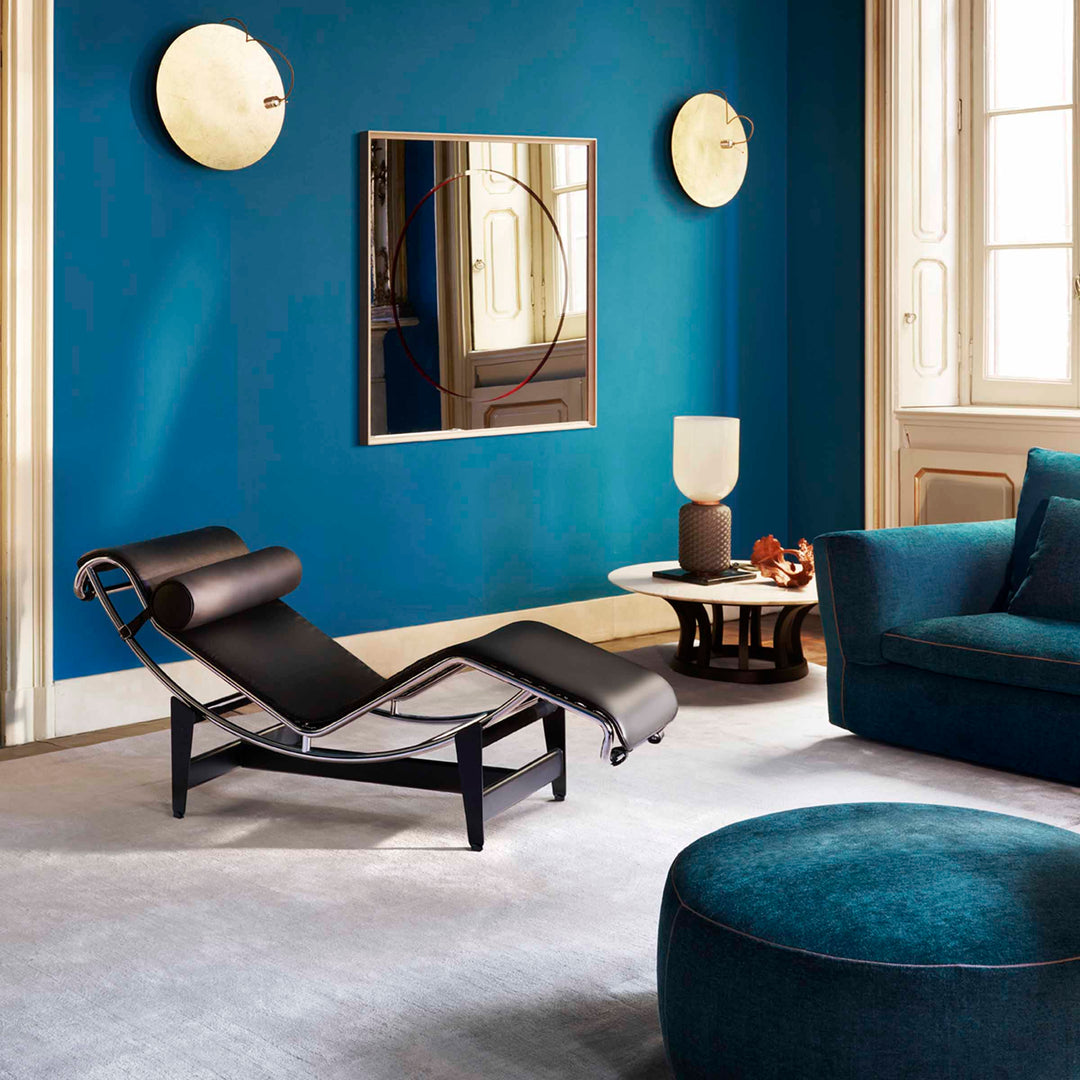Luisa Bocchietto interviewed by Cristina Morozzi
An architect with an extraordinary career: learn more about Luisa Bocchietto, curator of Design Italy's "SustainabItaly" exhibition open at Miami's Wolfsonian Museum from December 4, 2021 to March 20, 2022.
Luisa Bocchietto was born in Biella in 1960. She graduated, with Marco Zanuso, from Polytechnic University of Milan in Artistic Design for Industry, a degree that was a forerunner for the future Department of Design. While attending the Polytechnic University, Luisa also attended evening classes at design institute IED.
After graduating, she opened her own architecture firm, initially working on construction sites where the workers would call her “Ma’am” (signora), not being accustomed to working with female architects. She later married and had a son and daughter while continuing to work and balancing work and family commitments.
When Biella became a province, she joined the local association of architects and was elected president despite her young age. She held the position for two terms and promoted numerous architectural tenders. She later became involved in transforming the Serralunga factory in Biella, an historic company and leader in the textile accessories market. Luisa dedicated herself to finding new production outlets for the rotational moulding technique which the company had imported from the United States. She began working with well-known designers to create large outdoor pots, including illuminated ones, which gave rise to a new category of outdoor products.
Luisa continued her involvement with design institutions and throughout her formidable career she has held prestigious positions within national and international design associations. She is determined and passionately committed to promoting Italian design around the world and organises exhibitions and conferences as part of this goal.
C.M.
Your career is full of numerous institutional appointments. Can you talk to us about some of these?
L.B.
I was president of ADI (Associazione per il Disegno Industriale, an Italian association of designers, manufacturers, and schools and researchers on design) for two terms. During my presidency, I managed to get the council of the City of Milan to grant a concession for the association’s current headquarters, where the Compasso d’Oro Museum is also located. I then took the Compasso d’Oro headquarters first to Turin and then to Rome. In 2013, I joined the board of ICSID (International Council of Societies of Industrial Design) and in 2015 in Seoul I was elected president, managing to have Italy be entrusted with the World Design Organization’s following edition. As part of the Turin World Design Capital event in 2008, in collaboration with Anty Pansera I curated the exhibition “D come design-La mano, la mente, il cuore” (D for design – Hand, Mind, and Heart), sponsored by Cosmoprof, dedicated to the work of women, artisans, artists, designers, and entrepreneurs, which opened on Women’s Day on 8 March. Also in 2008, I organised the “Pop Design” exhibition at the Caraglio mill.
Some of my favourite exhibitions have been Design for Sustainable in Berlin in 2019. The most recent exhibitions include one in Volterra dedicated to alabaster, and a two-month event “Un alloro per Dante” (A laurel for Dante) in Ravenna, promoted by the city for the 700th anniversary of Dante’s death, in collaboration with Silvia Pazzi of Regenesi. These were large-scale, lengthy exhibitions with high attendance rates. I’ll also be in the world design capital, Valencia, in 2022, as a member of the advisory board.
C.M.
The Miami 2021 design lineup includes an exhibition curated by you at the Wolfsonian-FIU Museum. What can you tell us about it?
L.B.
The title, “SustainabItaly” – a play on the words “sustainability” and “Italy” – reveals much about the exhibition, which opened on 4 December at the Wolfsonian Museum in Miami and will be open for two months. I selected fifty products that met the parameters of sustainability, not only from well-known companies, but also from other entities including inventors and researchers. There are textiles, lighting, products for wellbeing, for social distancing in the workplace, and much more. Participants include Denis Santachiara, Mario Trimarchi, Giulio Iacchetti, company Regenesi, and the Cesare Gatti wool mill in Biella.
C.M.
What are your thoughts on design in the near future, given your career in the world of design, both as a designer and as a member of various institutions?
L.B.
To sum up in just a few words: we need less talking and more action! For over a hundred years, following the principles of Bauhaus, we worked on form and function, placing humans at the centre. Adapting to the rules of sustainability requires us to make the planet central, not humans. The challenge before us as designers, theorists, and activists is to succeed in combining sustainability, ethics, and aesthetics.
Cristina Morozzi
















